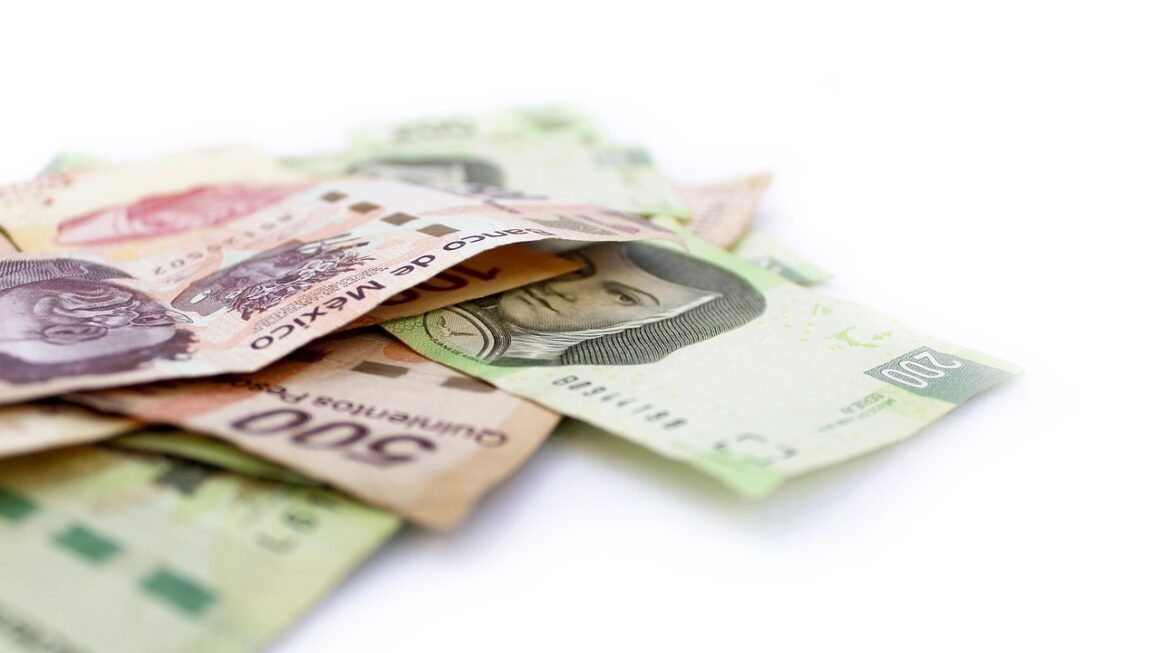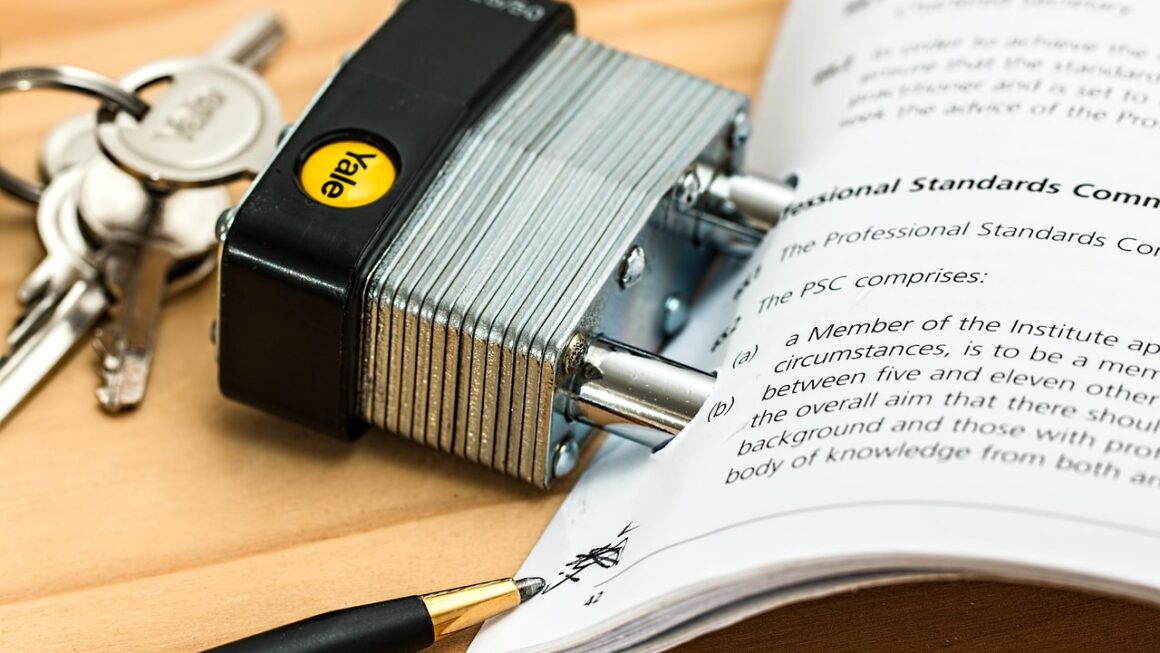Crafting a monthly budget can feel like navigating a complex maze, but it’s the single most effective tool you have for gaining control of your finances and achieving your financial goals. Whether you’re saving for a down payment on a house, paying off debt, or simply aiming for peace of mind, understanding and implementing a monthly budget is crucial. Let’s break down how to create and stick to a budget that works for you.
Why Monthly Budgeting is Essential
Financial Awareness and Control
The primary benefit of monthly budgeting is that it provides a clear picture of your income and expenses. Without a budget, it’s easy to lose track of where your money is going. Budgeting helps you:
- Track Spending: See exactly where your money is being spent each month.
- Identify Leaks: Pinpoint areas where you are overspending or wasting money.
- Control Impulses: Become more conscious of spending habits and avoid unnecessary purchases.
For example, you might discover that your daily coffee shop run is costing you $100 per month. Knowing this, you can make a conscious decision to cut back or find a cheaper alternative.
Achieving Financial Goals
A budget is a roadmap to your financial goals. It allows you to allocate resources effectively towards what matters most to you.
- Savings Goals: Allocate funds for emergency savings, retirement, or specific purchases.
- Debt Reduction: Develop a plan to pay down credit card debt, student loans, or other liabilities.
- Investment Planning: Identify funds for investing in stocks, bonds, or real estate.
Let’s say you want to save $5,000 for a down payment in a year. A budget can help you determine how much you need to save each month ($416.67) and identify areas where you can cut back to reach that target.
Reducing Financial Stress
Financial stress is a common problem, but budgeting can significantly alleviate it. Knowing where your money is going and having a plan in place can reduce anxiety and improve your overall well-being.
- Increased Security: Having an emergency fund and a plan for unexpected expenses.
- Reduced Anxiety: Knowing you are in control of your finances.
- Better Sleep: Peace of mind from financial stability.
Imagine knowing you have enough money to cover three to six months of living expenses in an emergency fund. This cushion can provide significant peace of mind and reduce stress related to job loss, unexpected medical bills, or other unforeseen events.
Steps to Create a Monthly Budget
1. Calculate Your Income
The first step is to determine your net monthly income, which is the amount of money you receive after taxes, insurance, and other deductions. Be realistic and conservative. If your income fluctuates, use an average of the last few months.
- Salary: Your regular take-home pay.
- Freelance Income: Income from side gigs or freelance work.
- Investments: Dividends or interest earned from investments.
- Other Income: Any other sources of income, such as rental income or alimony.
Example: If your gross salary is $4,000 per month and your net (after-tax) income is $3,000, use $3,000 as your monthly income for budgeting purposes.
2. Track Your Expenses
Keep track of your spending for at least a month to understand where your money is going. You can use a budgeting app, a spreadsheet, or a simple notebook. Categorize your expenses into fixed and variable categories.
- Fixed Expenses: Rent/mortgage, loan payments, insurance premiums. These are predictable and consistent.
- Variable Expenses: Groceries, utilities, entertainment, transportation. These can fluctuate from month to month.
- Periodic Expenses: Car registration, annual subscriptions. Save for these ahead of time.
Example: Use a budgeting app like Mint or YNAB (You Need a Budget) to automatically track your expenses. Alternatively, create a simple spreadsheet with columns for “Date,” “Description,” “Category,” and “Amount.”
3. Categorize Your Expenses
Once you’ve tracked your expenses, categorize them into meaningful groups. Common categories include:
- Housing: Rent/mortgage, property taxes, insurance, maintenance.
- Transportation: Car payments, gas, insurance, public transportation.
- Food: Groceries, eating out.
- Utilities: Electricity, gas, water, internet, phone.
- Healthcare: Insurance premiums, medical bills, prescriptions.
- Debt Payments: Credit card payments, student loans, personal loans.
- Entertainment: Movies, concerts, dining out.
- Personal Care: Haircuts, toiletries, gym membership.
- Savings: Emergency fund, retirement, investments.
Example: Review your spending data and create a list of all your expenses, categorizing each one. This will give you a clear picture of where your money is going.
4. Create Your Budget
Now it’s time to allocate your income to your expenses. Use the 50/30/20 rule as a starting point:
- 50% Needs: Essential expenses like housing, transportation, and food.
- 30% Wants: Discretionary spending like entertainment, dining out, and hobbies.
- 20% Savings and Debt Repayment: Investing, saving for emergencies, and paying down debt.
Adjust the percentages based on your individual circumstances and financial goals. If you have high debt payments, you may need to allocate more than 20% to debt repayment. The important thing is to ensure that your expenses do not exceed your income.
Example: If your net income is $3,000, allocate $1,500 to needs, $900 to wants, and $600 to savings and debt repayment.
5. Review and Adjust Your Budget Regularly
Your budget should be a living document that evolves with your changing circumstances. Review your budget at least once a month and make adjustments as needed.
- Track Actual Spending: Compare your actual spending to your budgeted amounts.
- Identify Discrepancies: Determine why you are overspending or underspending in certain categories.
- Adjust as Needed: Make changes to your budget to align with your financial goals and current circumstances.
Example: If you consistently overspend on dining out, consider reducing your dining out budget and allocating more money to groceries or other essential expenses. If you consistently underspend on entertainment, you can either reallocate those funds to savings or debt repayment or increase your entertainment budget slightly.
Tips for Sticking to Your Budget
Use Budgeting Tools
Numerous budgeting apps and software programs can help you track your spending, create budgets, and monitor your progress. Popular options include:
- Mint: Free budgeting app that automatically tracks your spending and categorizes your transactions.
- YNAB (You Need a Budget): Comprehensive budgeting software that helps you allocate every dollar to a specific purpose.
- Personal Capital: Free financial dashboard that tracks your net worth, investments, and spending.
- Spreadsheets: Simple and customizable option for creating and tracking your budget.
Example: Try out a few different budgeting apps to find one that fits your needs and preferences. Many apps offer free trials, so you can test them out before committing to a subscription.
Set Realistic Goals
Avoid setting unrealistic goals that are too difficult to achieve. Start small and gradually increase your savings or debt repayment goals over time.
- Small Steps: Start with small, achievable goals.
- Progressive Increases: Gradually increase your goals as you become more comfortable.
- Celebrate Successes: Acknowledge and celebrate your progress to stay motivated.
Example: If you’re new to budgeting, start by aiming to save 5% of your income each month. As you become more comfortable, gradually increase your savings goal to 10%, 15%, or even 20%.
Automate Savings and Debt Repayments
Automating your savings and debt repayments can help you stay on track with your financial goals. Set up automatic transfers from your checking account to your savings account or credit card account.
- Automatic Transfers: Schedule regular transfers to your savings or debt repayment accounts.
- Pay Yourself First: Prioritize savings and debt repayment before discretionary spending.
- Consistency: Stay consistent with your automatic transfers, even if it’s just a small amount each month.
Example: Set up an automatic transfer of $100 from your checking account to your savings account on the 1st and 15th of each month. This will help you build your emergency fund without even thinking about it.
Find Ways to Reduce Expenses
Look for opportunities to cut back on expenses without sacrificing your quality of life. Some common areas to save money include:
- Dining Out: Cook more meals at home.
- Entertainment: Find free or low-cost activities.
- Transportation: Use public transportation, bike, or walk.
- Utilities: Conserve energy and water.
- Subscriptions: Cancel unused subscriptions.
Example: Pack your lunch instead of buying it, watch movies at home instead of going to the theater, or cancel a gym membership you rarely use.
Be Patient and Persistent
Budgeting is not a one-time fix but an ongoing process. It takes time and effort to develop good financial habits. Be patient with yourself and don’t get discouraged if you make mistakes. The key is to learn from your mistakes and keep moving forward.
- Forgive Mistakes: Don’t beat yourself up over occasional overspending.
- Learn from Experience: Identify what went wrong and adjust your budget accordingly.
- Stay Committed: Keep practicing good financial habits, even when it’s difficult.
Example: If you overspend on groceries one month, analyze your spending to see where you can cut back. Maybe you can buy less pre-packaged food or plan your meals more carefully.
Conclusion
Creating and sticking to a monthly budget is a powerful tool for managing your finances and achieving your financial goals. By understanding your income and expenses, setting realistic goals, and using budgeting tools effectively, you can gain control of your money and reduce financial stress. Remember to review and adjust your budget regularly and be patient with yourself as you develop good financial habits. With dedication and persistence, you can achieve financial security and peace of mind. Start your journey to financial freedom today by creating your own monthly budget!




